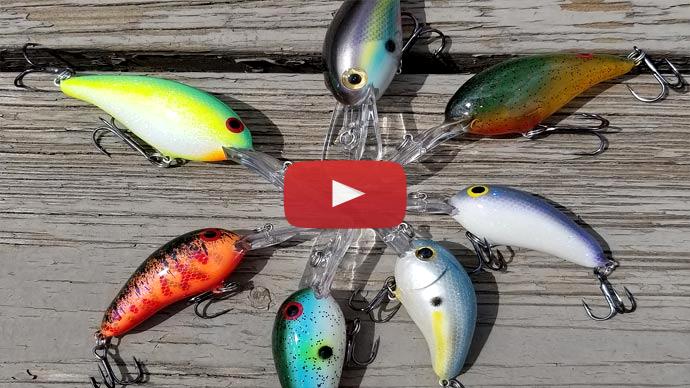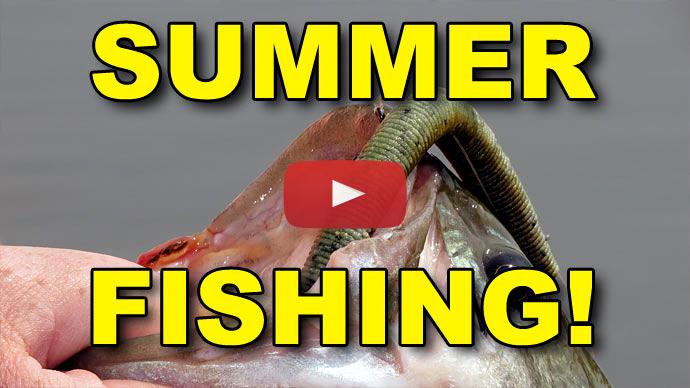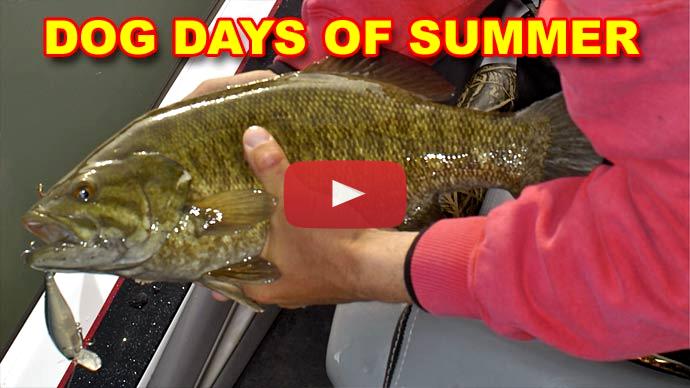Hey, guys, I'm Drew Cook. We're here with BassResource, and we're going to talk about how I move forward and plan and attack a summertime tournament. Obviously, what I do for a living we fish for multi-day events. That's a little bit different than, you know, your weekend guy that's fishing one-day tournaments and stuff like that. But I'm going to run down how I do it.
And the way that I go into a summertime event is I'm going to first find where they spawn. Now I know where they have been, you know, I know where they have been. Next thing I'm gonna do is I'm gonna do as much map study as I can. It can be, you know, on a graph or a paper map, whatever. I really I don't use the paper maps as much as I used to, you know, because we have apps on our phone. I have Navionics on my phone, you know, satellite images. Everything is so far advanced. I can go on my phone, mark stuff, and transfer it to my unit.
This makes life a lot easier, but you wanna find high percentage areas that are offshore. I really like to find what I call 'tweener holes. So this is the in-between where they spawn and the typical summertime ledge. And these are gonna be, you know, in that 6 to 10 foot, you know, not deep stuff, but not shallow stuff. And a lot of times that is overlooked stuff that really can help you, you know, be successful in these tournaments.
But once you find where the fish are spawning, the creek channel, if you found them, they were spawning in the creek, the creek channel bends, the points, things like that, those are going to be the first things they get on after they get done spawning. But I never really don't give the shallow stuff their due. So you still, after, say early summer, you've still got the bream and bluegill are up there spawning, and there's a lot of fish that don't go out there right after they spawn. They'll get those easy meals. They'll sit on bream beds.
My home lake, Lake Seminole, is really big summertime on the bream beds deal. You're looking for bream beds, and it's kind of like sight fishing. You visually see the fish that are on these bream beds, and then you come back and throw top waterers, a wacky rig, things like that.
But in the summer, a lot of times, you'll find that there's a funk, a post-spawn funk. You can still catch them on crankbaits and moving fast and things like that whenever they get out there on the ledges, but you're going to have to slow down. You're going to have to throw your Texas rigs, your shaky heads, your Carolina rigs, a jig, drop shot, things like that. In conjunction with your power fishing fun stuff, your big deep crankbaits, your spoons, hair jigs, and big swim baits on jig heads, things like that, you're going to have to have an arsenal whenever they get out there.
A, they're in that funk, and B, there's always people on every lake that cannot wait for them to get offshore. So when they get ganged up and all that stuff, they love that, catching them back to back to back, and now the electronics that we have, it's fairly simple compared to what it was. So, these fish are getting fished for the day they get there, the week they get there, getting beat pretty hard.
And sometimes you'll see, like an example of what I'm fixing to say is Lake Ufala. For a couple years, Lake Ufala, after the fish would spawn, they would go out to the ledges, and they would just get their brains beat in. And after about a month out there, the mayfly hatch would happen, the fish would actually leave the ledges and go back shallow, and that's why the brush bow deal there is so huge because they had somewhere to stop, you know, in between.
But going back to the 'tweener thing, shell beds are probably my favorite thing to look for then. And used to, you used to have to throw a Carolina rig or something, you know, drag it to be able to find the shell beds. Now, with the electronics that we have, it's a lot easier. And if there's current involved anywhere, you're going to look and find places that the current hits the hardest, and then I find places that the current hits the least. You know, so the down river, in a bend, obviously the down river bend is going to, the side is going to get hit the best. You know, there's going to be more current hitting that than anything else, and that's where you're going to find those, like, typical Tennessee River, you know, three, four hundred, five hundred fish schools that you're used to hearing about.
But the smaller places, especially if you're fishing a one-day tournament, and when I say smaller places, I'm talking about, you know, shell beds that are the size of this boat, 20-foot, 30-foot, probably don't have as many fish on them, obviously, but they're unpressured fish, they're easier to catch, and a lot of times, you know, there's, all the big ones don't swim offshore.
Stumps that time of year is another thing that I really like to focus on. They can be on a flat, you know, say there's a seven or eight-foot flat. Those stumps are going to be key because the lake that I grew up on, Seminole, and Lake Talquin, I have never caught a, I caught a lot of 10-pound fish in Lake Talquin, over 10-plus. I never caught one over 10-foot deep. They've always been shallow, and even the ones in the summer and stuff like that, after the spawn not spawning they've all been shallower than 10-foot.
I've caught a bunch of 7's and 8's and stuff out there in that 15 to 20-foot but no big ones, and I think a lot of times those really big fish, they're not community fish. So they don't want to be around a bunch of 3 and 4-pounders or 2-pounders and just a bunch of them. They kind of want to be by themselves.
There might be one or two that are on this one stump. Fishing a one-day event, all you've got to catch is five, so those are things that I look for, and you can have a lot of success for.
A four-day event, you can't find that. You have to find somewhere that has a really good population of fish and somewhere that you can hope that they're coming to you. So as it warms up and passing the moon, they're still steadily feeding offshore or funneling offshore. Those are the places that you're going to have to have to win a four-day event.
And now, we've had ledge tournaments in the past couple years with the advancements in the electronics, a lot of summertime ledge fishing tournaments get one in 10-foot or less. And that is something that a lot of people just kind of overlook. Oh well, that was just one spot. But it's repetitively happening. And it's because of how easy it is. The mapping, the side imaging, the sonar period has helped and made stuff so much easier than it was back in the day. And those shallower places that not a lot of people are looking are the places that are going to excel whenever you have 100-plus boats, and you're trying to win multi-day tournaments.
Single-day tournaments, it's not as different. But whenever you do find yourself in a ledge fishing summertime tournament, you have to play the finesse game a lot because you're sharing water with somebody, or you know for a fact that somebody just fished it before you got there. So you have to have your drop shots and your shaky heads and your ned rigs and things like that.
But a lot of times you'll see when there is a big school and they get beat on really good, they'll suspend, and it makes it extremely difficult to catch them. That's where we always saw Kevin VanDam, those guys using the hair jig, catching them, suspended up off the bottom. Now you have Demeke, moping, things like that, and enter forward-facing sonar. Now they're not as hard to catch when they suspend, but it still makes life difficult whenever they do that. So you have to keep that in mind.
You've got to have an arsenal prepared for one of those summertime ledge fishing tournaments, but don't leave out the shallow stuff, the rim beds and stumps and things like that, and docks really good early that time, early in the summer. So this is going to be the tournament that you're going to rig probably every rod you have. You're going to have something on everything, and you've got to be ready for everything. You've got to be ready for the fish to come up busting bait right out there because that happens a lot that time of year. They're chasing bait, shallow points, things like that. So you've got to have something that you can throw really far, really quick, ready to go, and be prepared for everything.
Find where they spawn and go to in between where they spawn and where the main most obvious offshore places are and look for those little hidey holes where if there's current, where the current's hitting it and where the current's not hitting anything. That's behind something that's breaking the current and this will help you be more efficient with your time on the water. The maps, study your maps, and have fun.



